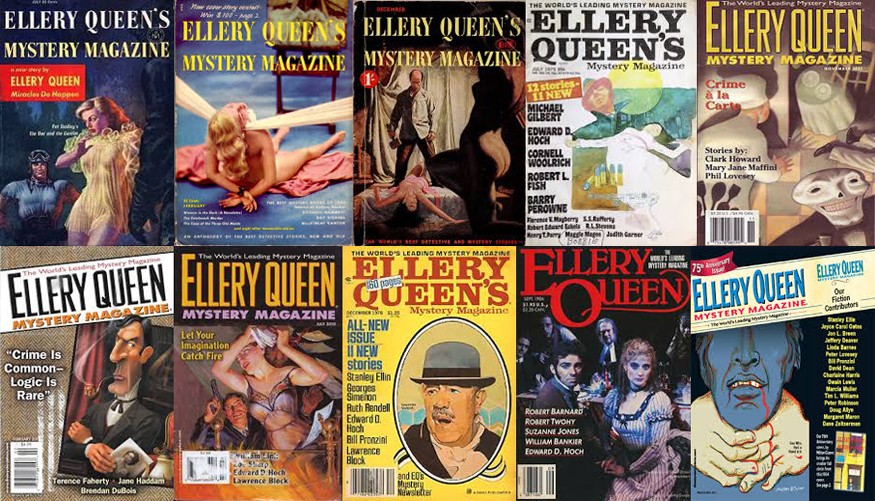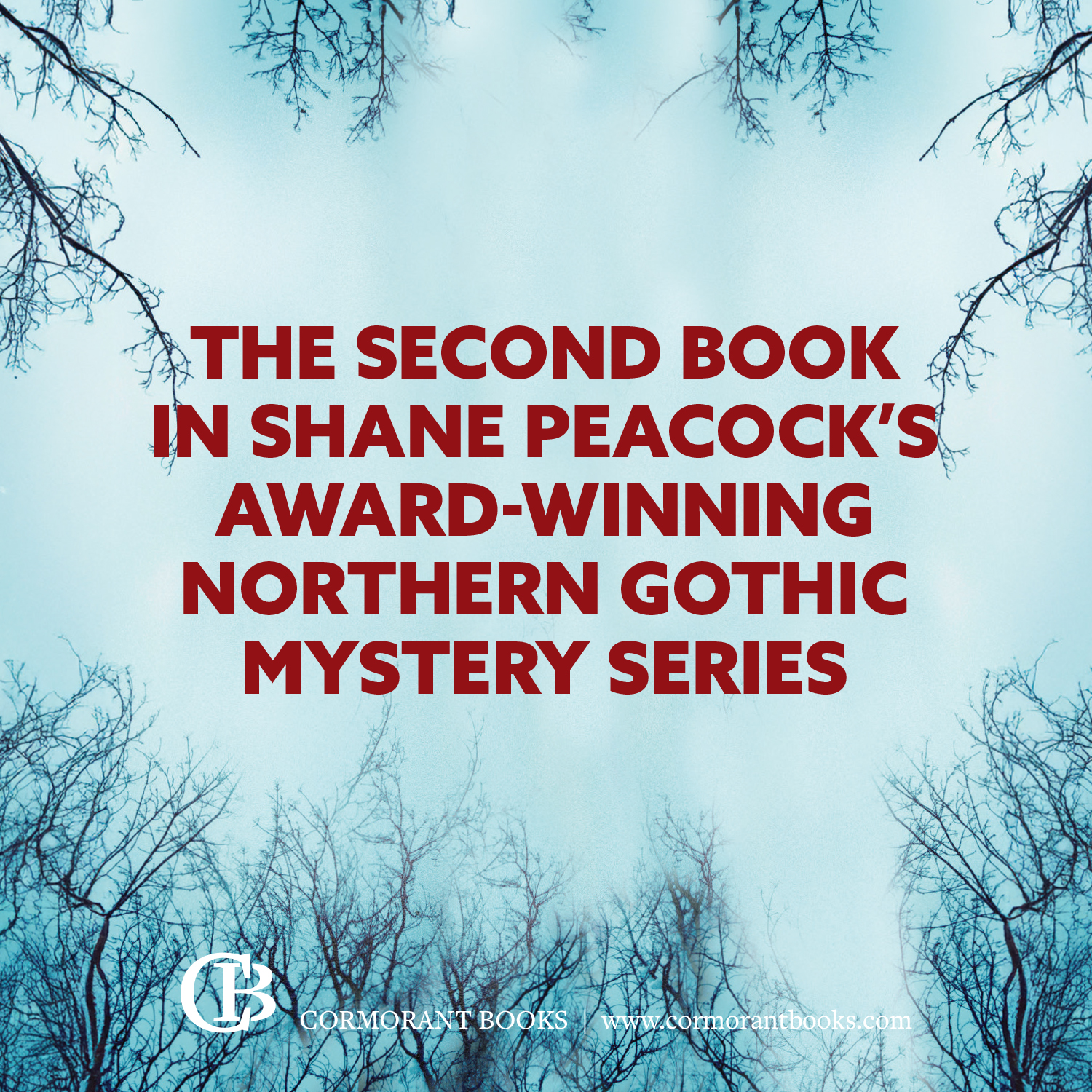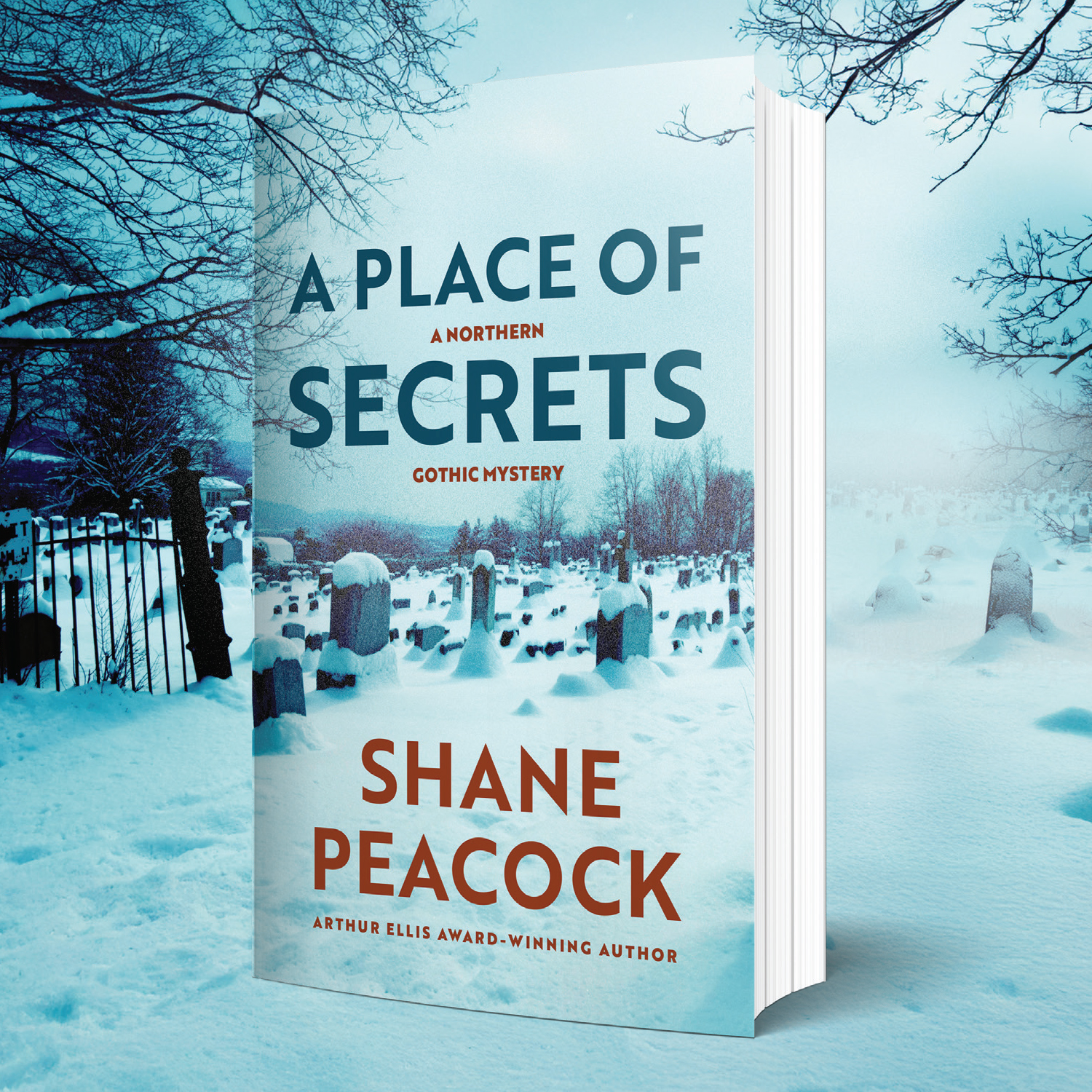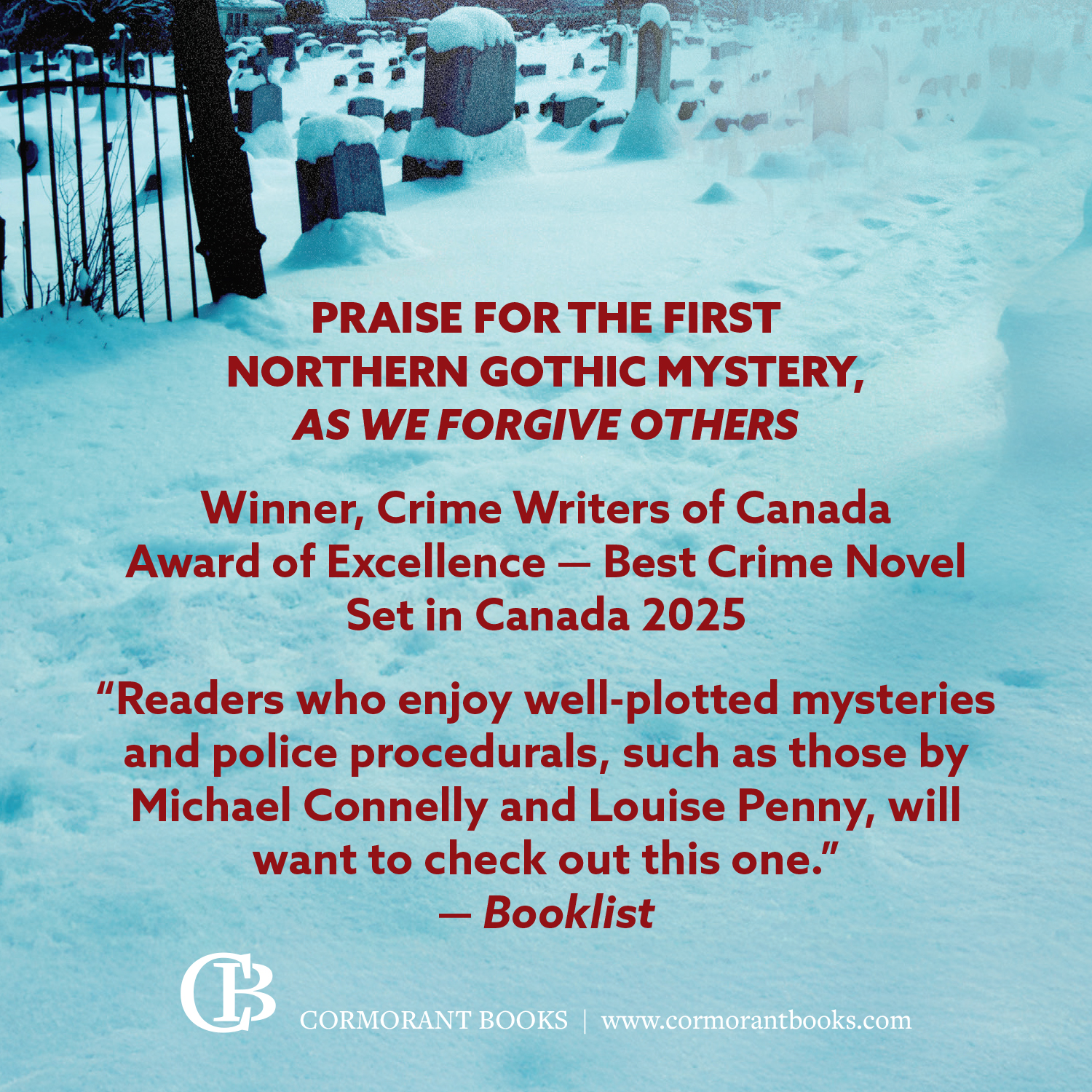
 With the world at war, England under bombardment, espionage running rampant, and sinister forces blanketing half the globe, late 1941 cannot have been the right time to start a new publishing venture. Yet that is the dark moment when Ellery Queen Mystery Magazine was launched, and it has thrived for three-quarters of a century since.
With the world at war, England under bombardment, espionage running rampant, and sinister forces blanketing half the globe, late 1941 cannot have been the right time to start a new publishing venture. Yet that is the dark moment when Ellery Queen Mystery Magazine was launched, and it has thrived for three-quarters of a century since.
The name Ellery Queen is even older than the magazine. It was the pseudonym adopted by Brooklyn writing duo Frederic Dannay (1905-1982) and Manfred Bennington Lee (1905-1971), who were cousins. They began writing Golden Age-style novels in 1928. The books not only purported to be by Ellery Queen, they starred Ellery Queen as their fictional hero. The name has become synonymous with classic crime fiction, and other writers have continued the tradition using Ellery Queen as a pseudonym.
To run alongside the novels, Dannay founded the pulp-style magazine and hoped for the support of mystery lovers across America. He got it, selling 90,000 copies of the very first issue. Now, 75 years later, ‘the world’s leading mystery magazine’ is still going strong. Editor Janet Hutchings is now in her 25th year and only the third person to hold that title. She is peppering this year’s 10 issues with features and story selections that reflect its past and present traditions.

Lee and Dannay reviewing some copy.
From the beginning, the editor and publisher were determined to present the best in mystery writing no matter what the source. In Hutchings words, that means, “Spectacular new talent, stories by perennial favorites, and the work of many of the field’s top authors.”
Whether it’s Golden Age-style whodunits, gritty pulp or more contemporary story modes, the short stories are not only entertaining but they introduce new writers. Alongside that, EQMM runs reviews of new books and mystery/crime websites. The covers have varied as tastes have changed but they usually convey something of the magazine’s original pulp sensibilities. On occasions the artwork has been stunning.
New talent
In 2007, I opened an unexpected, barely-dared-hope-for envelope containing EQMM’s contract for my story, Evidence. The letter shook in my hands, and all I could say was, “Omigod, omigod, omigod.” It was my first published story. Over the years, hundreds of other previously unpublished authors have felt this same thrill when EQMM selected them for the section entitled Department of First Stories. That acknowledgement fortifies new writers to soldier on. I know.
The July 2016 issue includes a list of distinguished authors whose work first appeared in the Department of First Stories. It includes Harry Kemelman (author of the Friday the Rabbi Slept Late series), Thomas Flanagan (author of the prize-winning The Year of the French), Henry Slesar (40 of whose stories were adapted for TV’s Alfred Hitchcock Presents), and many, many more. They have gone on to receive innumerable US, Canadian, and UK awards, including the Edgar, Shamus, Barry, Arthur Ellis, Nero Wolfe, Anthony, CWA Dagger, and Robert L Fish – this last named after a Department of First Stories author published in 1960.
One of the most famous crime stories ever published, The Specialty of the House by Stanley Ellin, was a 1948 entry in the Department of First Stories, and is reprinted in EQMM’s September/October 2016 issue.

The first issue.
Perennial favorites
The February edition pays tribute to everyone’s favourite detective, Sherlock Holmes, and includes Holmes-themed stories in diverse array. These range from straight recreations of the original characters in new stories to parodies by Terence Faherty, which purport to be from Watson’s notebook. They recount events as he wrote them down before they were prettied up for presentation in the Strand Magazine. Particular fun this past February was a story from the magazine’s archive involving a character who believes he actually is Sherlock Holmes…
Copies of EQMM’s February issue are provided to attendees at the annual banquet of the Baker Street Irregulars, the first of the hundreds of Sherlock Holmes literary societies around the world. Frederic Dannay himself was a devotee of the Great Detective from the age of 12, when an aunt gave him a library copy of Holmes’s adventures, and Dannay always described these stories, which perhaps helped inspire creation of Ellery Queen, in reverential terms.
The magazine’s annual Readers Award competition recognises readers’ favorite current-day authors. Many of these winners (including 11-time first-place finisher Doug Allyn) continue to provide stories regularly. Other perennial favorites, with new stories in 2016 issues so far include British authors Marilyn Todd and Peter Lovesey, and Americans Bill Pronzini, Charlaine Harris, and Jeffery Deaver.
The field’s top authors
The very first story in the January 2016 issue is a classic and goes to the very roots of the magazine. The Mystery of the Seven Black Cats was written by Dannay and Lee, who wrote more than 30 Ellery Queen novels and several short story collections published between 1928 and 1971. Many of these novels and stories became the basis for movies, radio plays, and dozens of TV programs that brought new audiences to their famous fictional detective.

The January 2016 edition.
Variety is a hallmark of the magazine, and it remains open to good mystery and crime stories, no matter what subgenre (cosy to hardboiled, police procedural to amateur sleuth) or where they come from – in terms of place, time, or literary domain.
The Passport to Crime regular presents stories by from international authors. Tales published so far this year come from Brazil, Norway, Belgium, and Germany, with May’s all-nations issue offering works from 12 countries on six continents. Reading these provides an interesting insight into how different cultures view crime and crime writing.
Some authors take on the creative challenge of stories set in previous eras. The kinds of events possible decades or centuries ago – in terms of a criminal’s method and a sleuth’s means of investigation – are quite different than those of today, though it seems human motives remain essentially unchanged. Authors of current-day stories must take into account the widespread diffusion of cell phones and availability of vast information resources. Frequent EQMM contributor Dave Zeltserman does this beautifully with his award-winning stories featuring detective Julius Katz and his assistant Archie (a computer whiz).
People love a good mystery, including authors associated with the highest literary achievement. EQMM’s March/April 2016 issue contains stories by both William Faulkner and Joyce Carol Oates, with one by Jorge Luis Borges in May. The magazine’s tradition of breaking down the barriers between literary and genre fiction dates back to its founding. As editor Hutchings says, “There is a continuum running from pure entertainment fiction to literary fiction, not a dichotomy between the two.” From the first, the goal of the editors has been simply to publish the best.
You can subscribe to Ellery Queen Mystery Magazine, or find out how to submit your stories, here.
Classics in September 2016 is sponsored by Bloomsbury Reader.






I am looking for the following stories written by Dorothy Simpson in the various
Ellery Queen’s Mystery Magazines:
November 1977 – The Wisp of Sound
March 10th 1980 – Boxes Within Boxes
April 1987 – The Person Inside
Can you direct me to any seller of these 3 EQ Magazines?
I appreciate your assistance.
Thank you.
Tom Paoli
I assume you’ve tried contacting the Customer Service department at EQMM. Sometimes they have back issues. Also, odd and unexpected back issues turn up on Amazon (and I presume Barnes & Noble) online. Searching Al Libris, a source for used/out-of-print books turns up numerous collections of EQMM stories, some with women authors as the theme. One or more of your desired stories may turn up there.
Other than searching eBay every few weeks, or adding them to your wishlist there and on Amazon, not sure what to suggest. Maybe other readers of the site can share details if they’ve seen these editions on sale.
I am looking to find some stories my mother may have written. I have no idea what name she would have published under. My siblings have told me she wrote several short stories for Ellery Queen Magazine. The problem is none of my siblings knows under what name she published. All of my mother’s siblings and my father are now gone. I was the last of her 7 children and I came many years later. I do remember my mother making a comment to me when I was in high school about my writing compared to hers. She said I did a much better job of writing conversations in my stories. I was wondering if you may have an archive of authors and their pseudonyms. My mothers’ name was Marian Louree Thompson or she may have used her maiden name. Her maiden name was Cejda. She most likely would have done her writing between 1955 to 1965 (this is the year I was born) or possibly even until 1972.